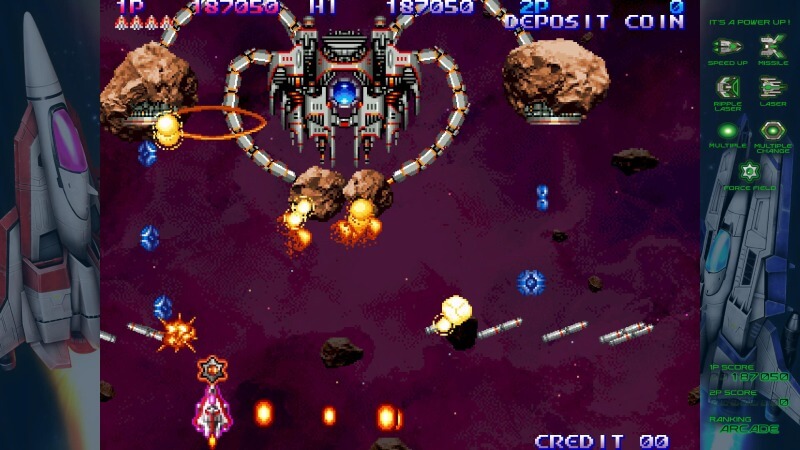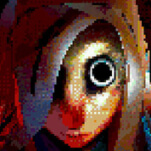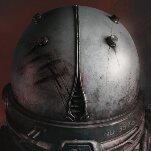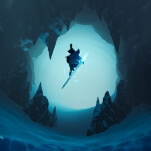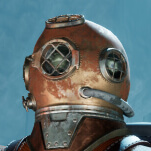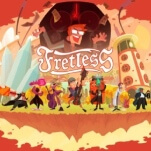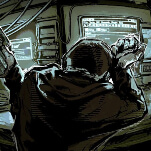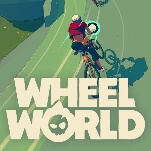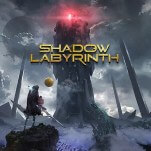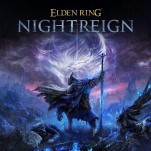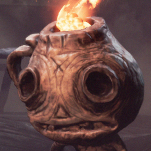Gradius Origins Is an Excellent Introduction to a Legendary Shoot ‘Em Up Series
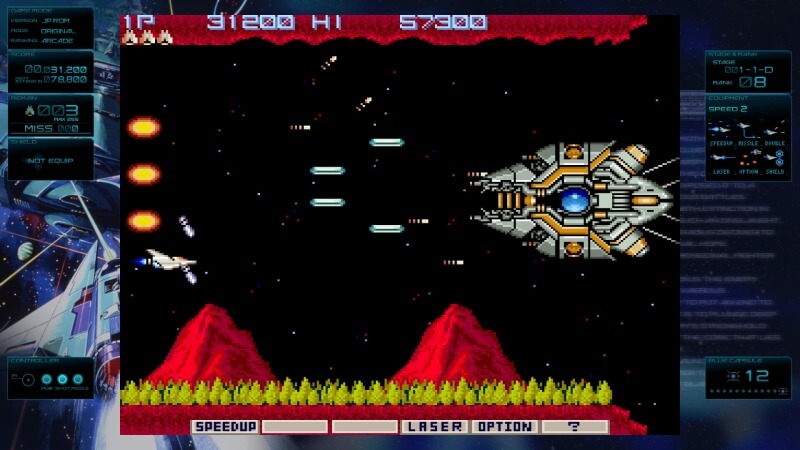
The old Gradius, she ain’t what she used to be. 35 years ago a new collection of Gradius games wouldn’t need much of an explanation for American video game fans. It was Gradius: we knew what that meant. Today, though, it’s a footnote—a big name among shmup fans, sure, but today that’s as niche an audience as you’ll ever see. In the late ‘80s, though, the original Gradius was one of the major third-party games on the NES. With its distinctive silver Konami box and quickly legendary secret code (this is where the whole “up up down down” thing started), it was as celebrated as other Konami hits like Castlevania, Contra, and Double Dribble. It wasn’t the first side-scrolling shoot ‘em up, but it was the best—at least for Nintendo’s 1980s system, which never got its own version of R-Type.
Gradius burned hot but short in the U.S. The original game had a successful NES sequel in the form of Life Force (the American version of the Gradius spin-off Salamander), a couple of Game Boy spin-offs at the start of the ‘90s, and one last American hurrah on the Super Nintendo with Gradius III. It remained an ongoing concern in Japan, but largely faded in America after Gradius III, mirroring how the whole shoot ‘em up genre fell out of fashion over here in the early ‘90s. And now you basically have to be old or a shmup obsessive to be all that familiar with it.
Maybe that’ll change with Gradius Origins, a new compilation that brings 18 distinct versions of seven different Gradius games together in the same package—including the brand new Salamander III, the first non-mobile video game entry in the series since 2008’s WiiWare exclusive (and, thus, now entirely unavailable) Gradius ReBirth. Gradius Origins is an obvious must-buy for any shmup fan and a handy tool for gaming history buffs, and with its multiple variants of the same game it should be fascinating to anybody interested in how games are changed for different global markets.
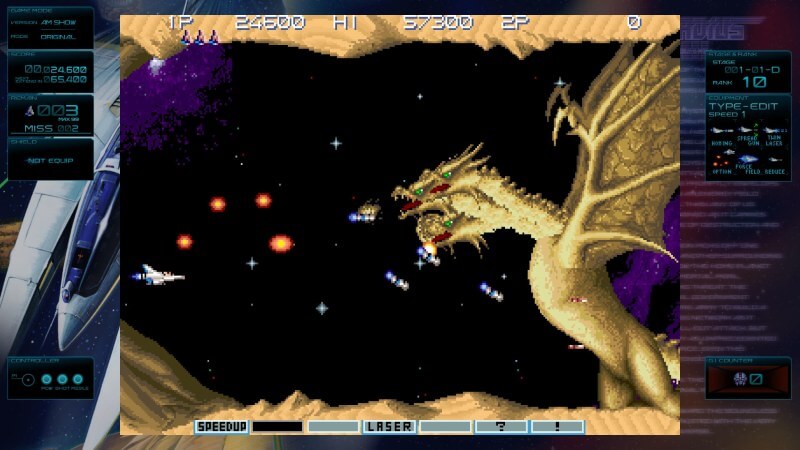
What’s a Gradius, though? It’s a side-scrolling shmup known for its difficulty, its unique approach to power-ups, and its weird love for Easter Island statues (or perhaps hatred of them, as you’ll blow a ton of these bad guys up during any playthrough). Instead of select enemies or enemy swarms dropping power-ups that immediately grant you a specific weapon or ability, Gradius games let you decide what to unlock. There’s a bar at the bottom of the screen with a series of options; with every power-up icon you grab the currently highlighted option moves to the right. A press of a button acquires that skill for you, but also sets you back at the start of the meter, needing to find more power-ups to unlock more options. If you want to speed up your ship—almost always the first thing you should do—you’ll need one power-up. You’ll have to collect anywhere from two to seven more for additional skills, depending on the specific Gradius game you’re playing. Those abilities include missiles that run along the bottom (and, sometimes, top of the screen), a second bullet that shoots up at a 45 degree angle, multiple pods that mimic your main weapon, a force field, a laser, and more. Fortunately the game typically sends a lot of power-ups your way—just look for the orange-tinted enemies and take ‘em down—so it’s not that difficult to string several upgrades together and spit out a constant wave of destruction as you fly through space. Of course you lose all of that whenever you die, and given how difficult Gradius games are, even within a genre known for difficulty, it can be really hard to recover from even your first death.
The Salamander games have a couple of big differences from the Gradius series. First off the weapons are done in a more traditional way. Instead of the menu of options that you can pick from at the bottom of the screen, each power-up icon in Salamander corresponds to a single specific ability. You can become every bit as destructive as you get in Gradius, but won’t have much say in when and how you acquire different abilities. It’s a more streamlined approach that removes what can be a major point of friction for a lot of players new to Gradius, but it also isn’t as memorable or unique. Salamander games also alternate between side-scrolling and vertical scrolling levels, something that’s still hardly ever been tried in shmups despite the genre dating back to the ‘70s.
You’ll find several versions of games from both the Gradius and Salamander series in Gradius Origins. It has the arcade versions of Gradius (1985), Salamander (1986), Life Force (1987; not the American NES version of Salamander, but an updated arcade version released exclusively in Japan with the Life Force name), Gradius II (1988), Gradius III (1989), and Salamander 2 (1996). Origins always frontlines the Japanese version of these games, also including the kind of updated or tweaked arcade revisions that aren’t unusual for the Japanese market; where applicable, the American or European arcade version will also be included. That’s how you get 17 different versions of these six games. The changes in the different versions of the same titles can be very noticeable, with a significant impact on how the game plays and feels, but you’ll have to be a true completionist to play every version enough to see those differences.
-

-

-

-

-

-

-

-

-

-

-

-

-

-

-

-

-

-

-

-

-

-

-

-

-

-

-

-

-

-

-

-

-

-

-

-

-

-

-

-

